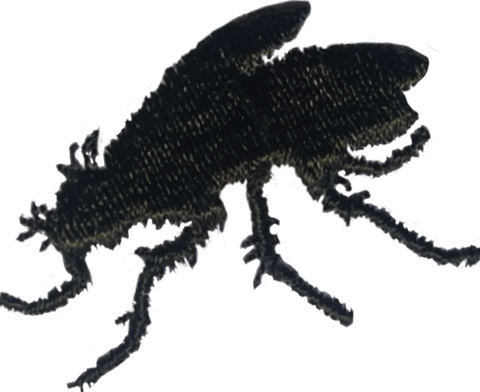E Nolan Glossary
Glossary
What is a super number when referencing wool quality?
The ‘super’ labeling process identifies the softness and/or durability of a wool fibre.
The softness is indicated by a higher number, meaning the yarn is finer and lower number vice versa. Therefore, the higher the super number, the more luxurious and superior in flexibility for both lightness and drape. The lower the super number, the more durable and long lasting the garment will be. A low super number means the wool yarn is thicker, this is highly recommended for an everyday suit. Whilst a woolen suit with a higher super number, we suggest saving for special occasions. Super numbers range from 100 - 160
What is a four seasons weight?
Four seasons weight is a midweight fabric, ranging from 285 - 360 grams. It is usually made from wool, which is recommended as the best choice for a suit made from this weight.
What is a fresco
Fresco is a type of tropical wool. This lightweight fabric is woven with a ‘porous’ weave specifically designed for best air circulation. The word “fresco” comes from the Italian word “affresco”, meaning “fresh”.
What does worsened mean when referring to fabric?
Worsted: High quality woolen yarn. “Fine smooth yarn spun from combed long-staple wool.
What is a twill, plain weave, pinpoint, birds eye, herringbone, houndstooth, puppy tooth, chalk stripe, pinstripe, flannel, prince of wales weave?
Twill: The yarn is woven over and under two or more warp (yarn across fabric) yarns to form a parallel diagonal pattern on the fabric. Twill weaves are heavier in weight and are the most durable type of weave.
Plain weave: A plain weave is the strongest type of weave, due to the weft and warp yarns intersecting every single crossover/ crossover alternatively. This weave is less absorbent, yet known for its flexibility.
Pinpoint: Also known as pinpoint oxford, yet this weave is tighter than original oxford cloth, therefore creating a finer appearance and more smooth surface than the oxford weave. The pinpoint fabric has a low to medium wrinkle resistance, good drape and a slight shine.
Birds eye: A cotton fabric with a small, repetitive woven pattern. Birdseye is a very soft, light weight, and has the ability to be absorbant.
Herringbone: Also known as ‘broken twill weave’, describing the distinctive pattern of the herringbone which resembles a zig-zag or historically thought of as a fish skellington pattern. The herringbone’s properties include good flexibility, softness and durability.
Houndstooth: A pattern created by a twill weave in which four dark coloured threads are interwoven with four light coloured threads alternatively. The pattern appears as abstract checks, the same as the David Jones logo. < EM:This ok to reference another business? Houndstooth is a durable fabric, perfect for the colder months.
Puppy tooth: A micro version of the Houndstooth pattern.
Chalk stripe: A pattern of vertical thin narrow stripes on a plain background, in the style of a line drawn by chalk.
Pinstripe: Similar to the chalkstripe, the pinstripe is a pattern of vertical thin stripes evenly spaced, woven into the fabric.
Flannel: Made from a cotton-wool plain weave, the flannel fabric is thick, and woven more loosely than other fabrics. Most often displayed in a tartan pattern.
Prince of wales: A woven twill pattern made up of small and large houndstooth style patterns. This appears as a tartan style pattern, from which it was originally adapted as a variant.
What is a chest canvas?
A chest piece that creates a structured drape over the chest of the jacket.
What is horsehair canvas
An interfacing canvas woven with the hairs of a horses tail. The lining of the lapel on a suit jacket is made from horse hair canvas, it’s firm structure is used as sturdy reinforcement.
What is bemberg lining?
A cotton lining. The properties of cotton as a natural fibre include; repells sweat and humidity from the body and is anti-static and anti-cling.
What are the different lapel options?
Peak lapel: The tip of the lapel is angled upwards. Known best for double breasted and dinner jackets.
Notch lapel: The lapel is connected/ sewn to the collar on a diagonal angle. The most common/ classic type of lapel for business suits.
Shawl lapel: The lapel does not have a notch or peak. The collar and lapel are attached as one. This is known as the most formal type of lapel.
What are the different pockets options?
Jett pocket: A pocket that appears as simply a neat slit for the opening. The body of the pocket is hidden behind the outer layer of the garment.
Jett / Flap pocket:
Patch pocket:


